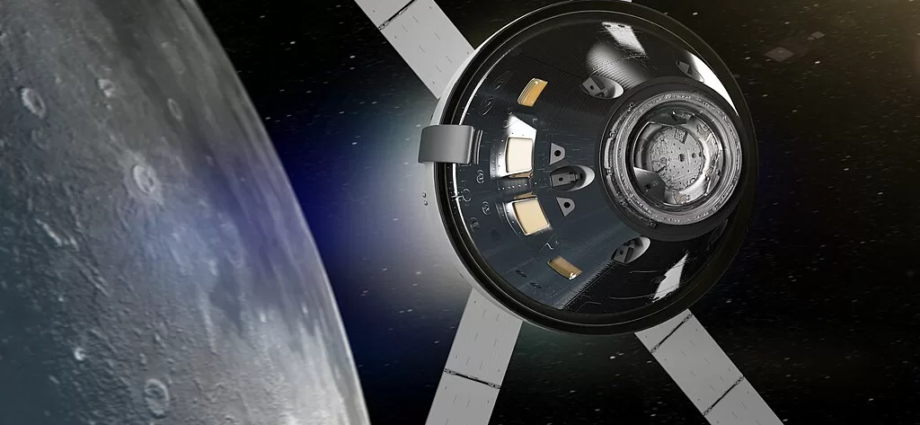
As space exploration and colonisation expand, off-Earth resources will create a booming market.
By Serkan Saydam, UNSW and Andrew Dempster
October 11, 2023
The drive to explore deeper into space and establish colonies on other planets has intensified over the last decade, and with it the importance of space resources extraction.
Obtaining valuable resources and minerals, even in extreme environments, has long been attractive to humans. We have a history of facing hazards in search of valuable resources. From the gold rush in the 1800s to the recent surge in space resources, humans have been willing to take risks to find and collect scarce and profitable materials.
With advances in space technology, we’re on the edge of the next gold rush — but not on Earth. Based on recent scientific and engineering breakthroughs and commercial interests, off-Earth mining is expected to begin in the next decade.
Potential mining sites include the Moon, Mars and its moons, asteroids and even comets. Market predictions for lunar mining, particularly lunar water, project a multibillion-dollar industry by 2050. Although theoretical, these forecasts signal a worthwhile market, with Australia as a potential leader.
The motivation for off-Earth mining is multifaceted: access to an unlimited wealth of valuable space resources, the spirit of discovering new planets and the development of spin-off technologies to be used back on Earth.
NASA’s Artemis program, which Australia supports via its signing of the Artemis Accords, is aiming for a lunar colony and eventually one on Mars. The only way to reduce the enormous costs of transporting resources from Earth will be through the establishment of self-sustaining infrastructure.
Water is an essential starting point. When converted to oxygen and hydrogen, it can be used as a propellant for rockets for further space missions. Given the vast reserves of lunar ice, it’s a sustainable and economical source compared with Earthly transport.
The Australian Centre for Space Engineering Research, based at the University of New South Wales, is at the forefront of this endeavour, merging terrestrial mining engineering expertise with space research. The Off-Earth Mining Forum was founded in Sydney in 2013. Since then, it has run every two years. In August the year, the first non-Sydney-based event took place in Perth, Western Australia.
Its primary objective is to position Australia as a global leader in in-situ resource utilisation by harnessing space resources to reduce potential risks of off-Earth mining. This encompasses using lunar regolith (soil) for construction or mineral extraction, focusing on lunar water.
However, off-Earth mining has many challenges: there are geological uncertainties — we don’t know exactly where the water is and how much there is; infrastructural needs such as landing pads; social considerations — people have a strong emotional attachment to the moon; and financial constraints, with high risk but high potential return.
Mining is a challenging industry that constantly confronts extreme conditions and volatile markets. Despite these obstacles, mining has continued to attract businesses due to the potential for high financial returns. In many cases, mining operations have been a driving force behind the settlement of new territories.
Looking towards the future, the mining industry is working towards zero-entry mines (with no human access required) and invisible mines (low-impact, reduced-footprint mining sites) to reduce the effect on the environment, improve energy efficiency and achieve decarbonisation.
Improved social acceptance and reputation are also critical for the mining industry’s future. The space resources industry is motivated by colonisation and creating a market for its product.
The mining and space sectors both thrive in challenging environments, making collaboration essential. They can mutually benefit, with the mining sector gaining from systems engineering and autonomous technology, while space can leverage operational experience and market creation.
The path ahead is loaded with uncertainties, but merging mining knowledge with space exploration will be paramount in the years ahead.
Serkan Saydam is Chair of Mining Engineering at the UNSW School of Minerals and Energy Resources Engineering. His fields of research include space resources engineering, ground control, mine systems design, mine internet of things and technology integration and management. He established research collaborations with NASA, ESA and Luxembourg Space Agency, and KICT, as well as more than 40 research organisations and universities globally. He established Planetary Rock Mechanics Commission at the ISRM. He is leading the space resources engineering at ACSER.
Andrew Dempster is Director of the Australian Centre for Space Engineering Research and a Professor in the UNSW School of Electrical Engineering and Telecommunications. His current research interests are in satellite navigation receiver design and signal processing, areas where he has six patents, new location technologies, and space systems, especially those related to extracting water. He is leading the development of space engineering research at ACSER.
Subscribe to our newsletter.
Originally published under Creative Commons by 360info™.
Editors Note: In the story “Space mining” sent at: 21/09/2023 06:00.
This is a corrected repeat.

